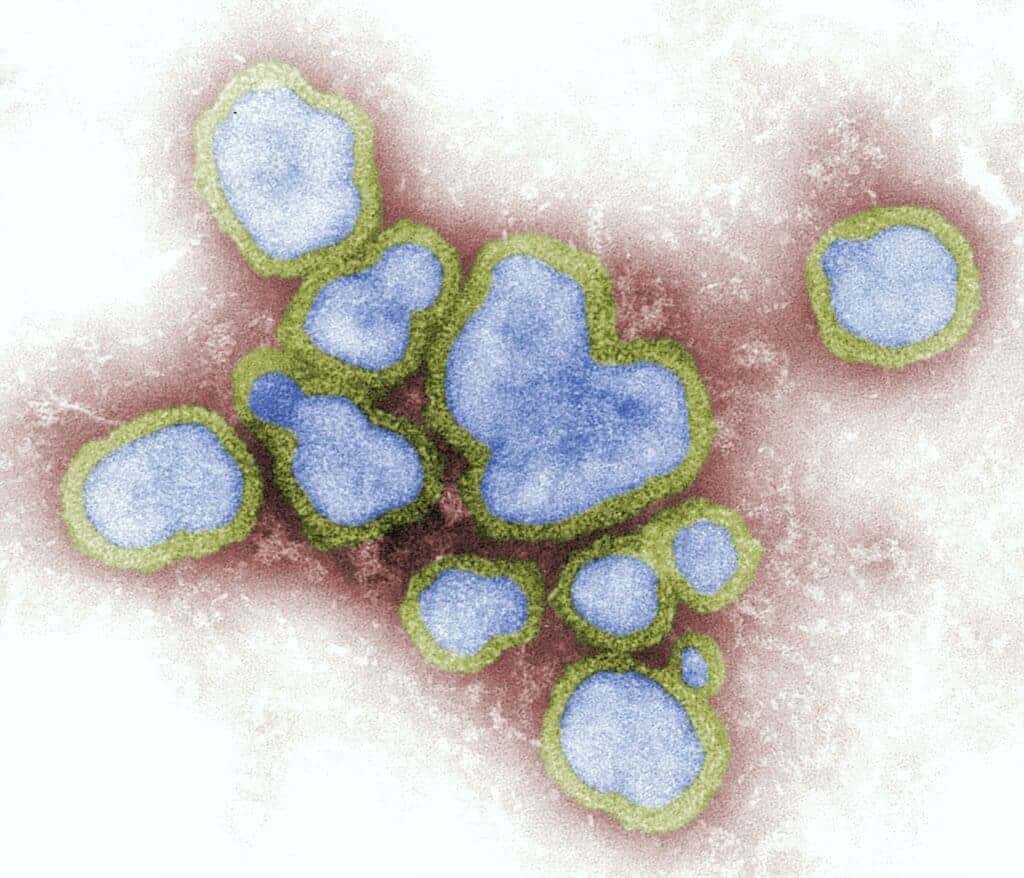Moderna, one of the pioneers of the COVID-19 vaccines and of mRNA vaccines, is now nearing a new breakthrough. The company recently announced results from its trial — and it seems to be safe and effective.

With the ongoing pandemic, it’s easy to forget that influenza is also around — but it is, and it’s causing its own set of problems.
“Even before the COVID-19 pandemic, approximately three million people died each year due to respiratory infections, and many more are hospitalized or become ill as a result of these viruses,” said Moderna CEO Stephane Bancel in a statement hailing the result.
The problem with the flu is that it’s hard to make a vaccine for it. There are four main influenza viral variants (A, B, C, D), each with its own substrains, and influenza viruses, in general, mutate much faster than coronaviruses. In particular, the Influenza A virus is a fast evolver. This is why you have to take the flu vaccine every year: because it needs constant tweaking as the viruses change as well. The efficacy of existing influenza vaccines is around 40-60%, much lower than that of COVID-19 vaccines.
There’s another problem. The majority of current flu vaccines are based on inactivated viruses grown in chicken eggs. This means that you have to select the virus strains 6-9 months in advance. If a new strain were to appear in the meantime and you’d want to address that with your flu vaccine, you’d need to start over again.
But mRNA vaccines could change all that and make vaccines easier to develop (and hopefully, more efficient as well).
Before the pandemic, Moderna was already working on several mRNA vaccine candidates — of course, that had to be put temporarily on hold as resources were diverted to the COVID-19 pandemic, but Moderna hasn’t given up on its initial plans. It even announced it’s working on a double-whammy vaccine that could protect against the flu and COVID-19.
The Phase I clinical trials started in July 2021 and now, the first results are in.
Just preliminary results
The study was carried out on 180 people and produced high levels of antibodies in all participants, at all the dosage levels that were attempted (one of the main objectives of the study was to figure out the right dosage). Side effects were mild (mostly tiredness, headaches, and pain around the injection site) and were more likely to affect younger rather than older participants.
Moderna’s experimental flu shot is “quadrivalent,” meaning it focuses on four strains of flu: A/H1N1, A/H3N2, B/Yamagata and B/Victoria. These are believed to be the most prevalent and dangerous strains, according to recommendations from the World Health Organization.
However, Moderna is also working to include more strains in its vaccine. This is one of the main advantages of mRNA vaccines: they can encode defenses against different strains with relative ease. This is also why Moderna wants to mix its COVID-19 and flu shots into a single vaccine — they even want to include the respiratory syncytial virus (RSV), a common virus that causes the cold but can be threatening for infants and elderly people.
Yes, but
At first glance, this seems like good news. But analysts noted that the antibody results don’t appear to be better than that of existing influenza vaccines and in fact, appear to be somewhat inferior.
There are a few things to be said about the fine print of these results. For starters, the antibody response isn’t the only thing that drives the immune response — for instance, T cells also play a role — and these aren’t even interim results, they’re just Phase I trials. Phase I trials, sometimes called “first in humans” trials are meant to test the safety and zoom in on the right formulation and dosage, not to assess efficacy. Moderna expects results from Phase II trials in early 2022. Moderna also stresses that the main advantages of mRNA still stand: the benefit is that they can be produced quickly and customized on the fly based on what strains are prevalent in a specific year, and they can be combined with other vaccines into a single shot.
However, regardless of the results, This is a reminder that mRNA isn’t a magic fix for vaccines — or at least not yet. Immunology is like a hallway with many doors, and different doors require different types of keys; mRNA is one such key, but it’s not a master key that can open all doors, or if it is, we haven’t learned how to use it yet.
Moderna isn’t the only company in this race either. The mRNA vaccine technology went from being considered a distant possibility just a few years ago to one of the hottest topics in immunology, thanks to the success that the Pfizer/BioNTech and Moderna COVID-19 vaccines have enjoyed. Both Pfizer and BioNTech are working on their own mRNA flu vaccines, as are GSK (working with CureVac) and Sanofi (working with Translate Bio).
No doubt, we’ll be hearing a lot from these mRNA influenza vaccines in the near future, and there’s a good likelihood they’ll offer some improvement over existing vaccines. But for now, at least, mRNA isn’t shaping up to be a silver bullet.






